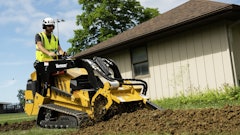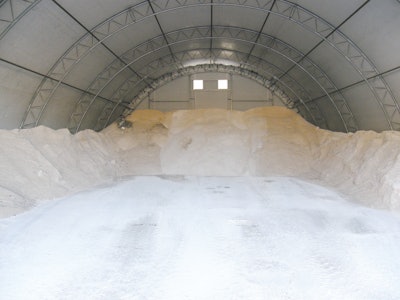
A reliable salt storage facility, such as a fabric structure, makes good financial sense for many snow removal contractors. A storage facility allows you to buy your salt in bulk—potentially earning price discounts while also avoiding expensive in-season prices. A storage building also allows you to more confidently carry excess inventory over from year to year.
There's also the issue of federal, state or local fines for failure to comply with salt-storage requirements.
“Municipal salt storage regulations vary by state, but many have similar laws that affect most public works agencies and private companies,” says Kerry King, marketing coordinator for ClearSpan Fabric Structures. “For example, in Wisconsin, road salt must be stored on an impermeable surface and securely covered year round. This undertaking can be a challenge if a building is not used. Municipalities and private companies often must submit a written salt management plan to their local EPA office.”
Reducing runoff
On the topic of runoff, it's clear that a reliable salt storage facility will enhance your standing as an environmental steward.
Often, when tarps are in use, more than just the working face of a salt pile will be left uncovered and exposed to precipitation, allowing an increase in runoff which is a threat to groundwater and surrounding vegetation.
A fabric structure provides a better solution because the salt pile remains completely out of the elements. Due to the height of the structures, equipment can enter and maneuver completely under cover.
A ClearSpan Fabric Structure, for instance, can be installed on a variety of surfaces—such as an asphalt or concrete pad, a concrete block, a pony wall, or directly on the ground.
“A concrete pad in combination with a wall is best,” King points out. “The wall can be solid poured concrete or concrete blocks that are sealed.”
Concrete pads should be constructed from air-entrained concrete. “The pad should be treated with a good-quality concrete sealant to prevent spalling,” King explains. "A curb or small wall should be included to control water run-off.”
Other environmental concerns
ClearSpan's helical anchoring method is also environmentally sensitive. You can drill directly into the ground, and the building can be removed and relocated at any time without disturbing the surrounding area.
“Our helical anchoring method minimizes soil disturbance by not requiring excavation,” King says. “The equipment needed on site is limited and compact compared to full foundation.”
Another important benefit of fabric structures has to do with lighting. ClearSpan fabric covers keep precipitation out—but allow natural light to permeate through. "With a ClearSpan structure, you won't need daytime artificial lighting to operate, reducing your electricity costs," King says. "Our white covers are also highly reflective, so you'll need fewer lights on to operate at night, as well."


![Doosan Bobcat Wacker Neuson Stack 2ec Js Pb V6e[1]](https://img.greenindustrypros.com/mindful/acbm/workspaces/default/uploads/2025/12/doosan-bobcat-wacker-neuson-stack2ecjspbv6e1.CPyyz8ubHn.png?auto=format%2Ccompress&bg=fff&fill-color=fff&fit=fill&h=100&q=70&w=100)
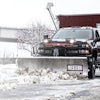
![Gravely Pro Turn Mach One My23 Dsc03139 Edit 1200x800 5b2df79[1]](https://img.greenindustrypros.com/mindful/acbm/workspaces/default/uploads/2025/10/gravely-pro-turn-mach-one-my23-dsc03139-edit-1200x800-5b2df791.BucBnDoN22.jpg?auto=format%2Ccompress&fit=crop&h=100&q=70&w=100)
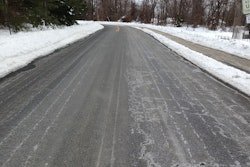
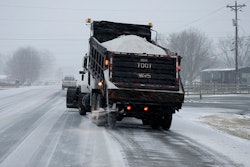
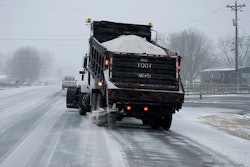
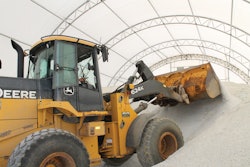

![Doosan Bobcat Wacker Neuson Stack 2ec Js Pb V6e[1]](https://img.greenindustrypros.com/mindful/acbm/workspaces/default/uploads/2025/12/doosan-bobcat-wacker-neuson-stack2ecjspbv6e1.CPyyz8ubHn.png?ar=16%3A9&auto=format%2Ccompress&bg=fff&fill-color=fff&fit=fill&h=135&q=70&w=240)
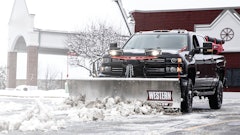
![Gravely Pro Turn Mach One My23 Dsc03139 Edit 1200x800 5b2df79[1]](https://img.greenindustrypros.com/mindful/acbm/workspaces/default/uploads/2025/10/gravely-pro-turn-mach-one-my23-dsc03139-edit-1200x800-5b2df791.BucBnDoN22.jpg?ar=16%3A9&auto=format%2Ccompress&fit=crop&h=135&q=70&w=240)
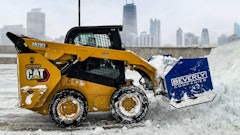

![Kubota Snow ah3 Sgv25ua[1]](https://img.greenindustrypros.com/mindful/acbm/workspaces/default/uploads/2025/10/kubota-snowah3sgv25ua1.bAUoUSziui.png?ar=16%3A9&auto=format%2Ccompress&bg=fff&fill-color=fff&fit=fill&h=135&q=70&w=240)



